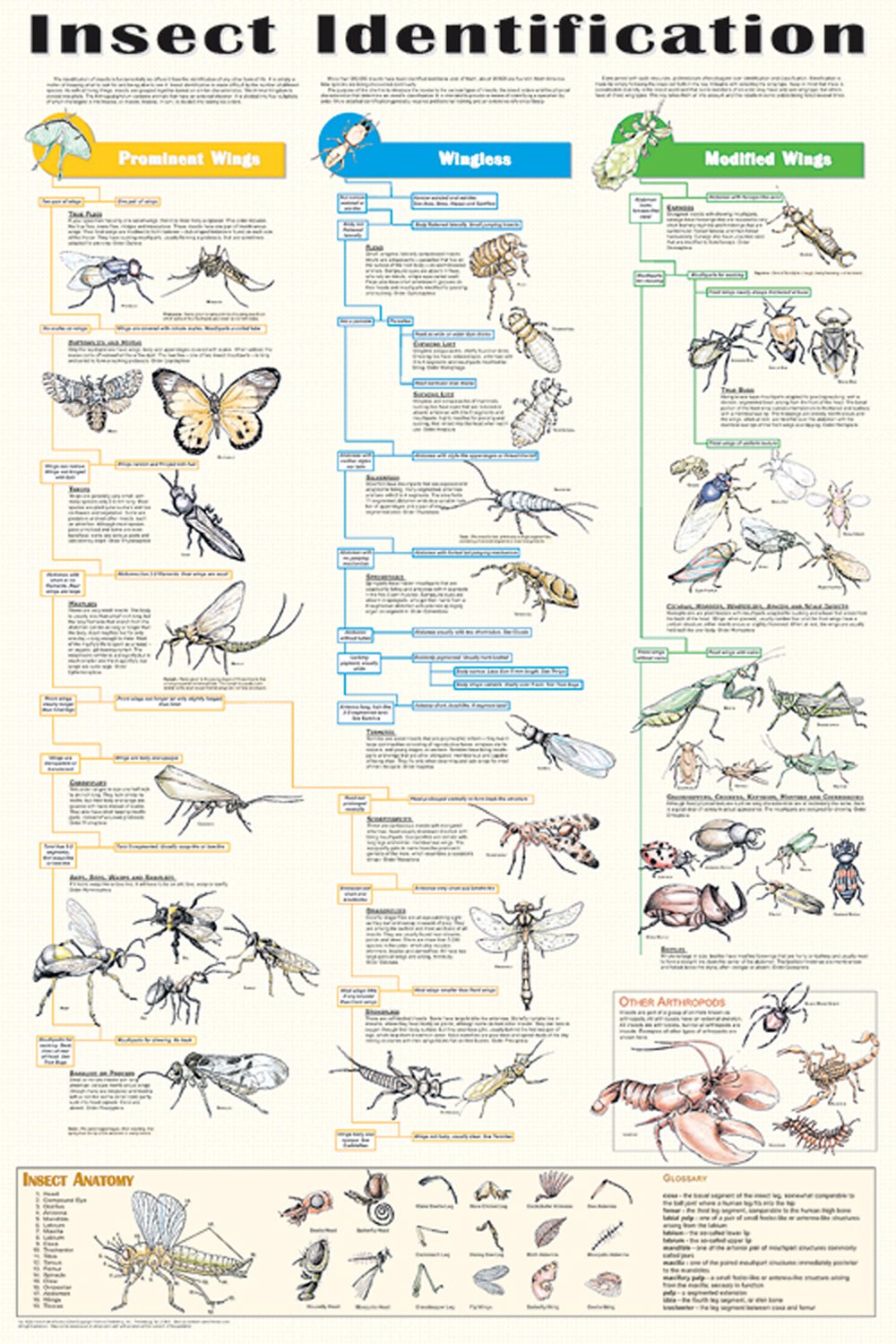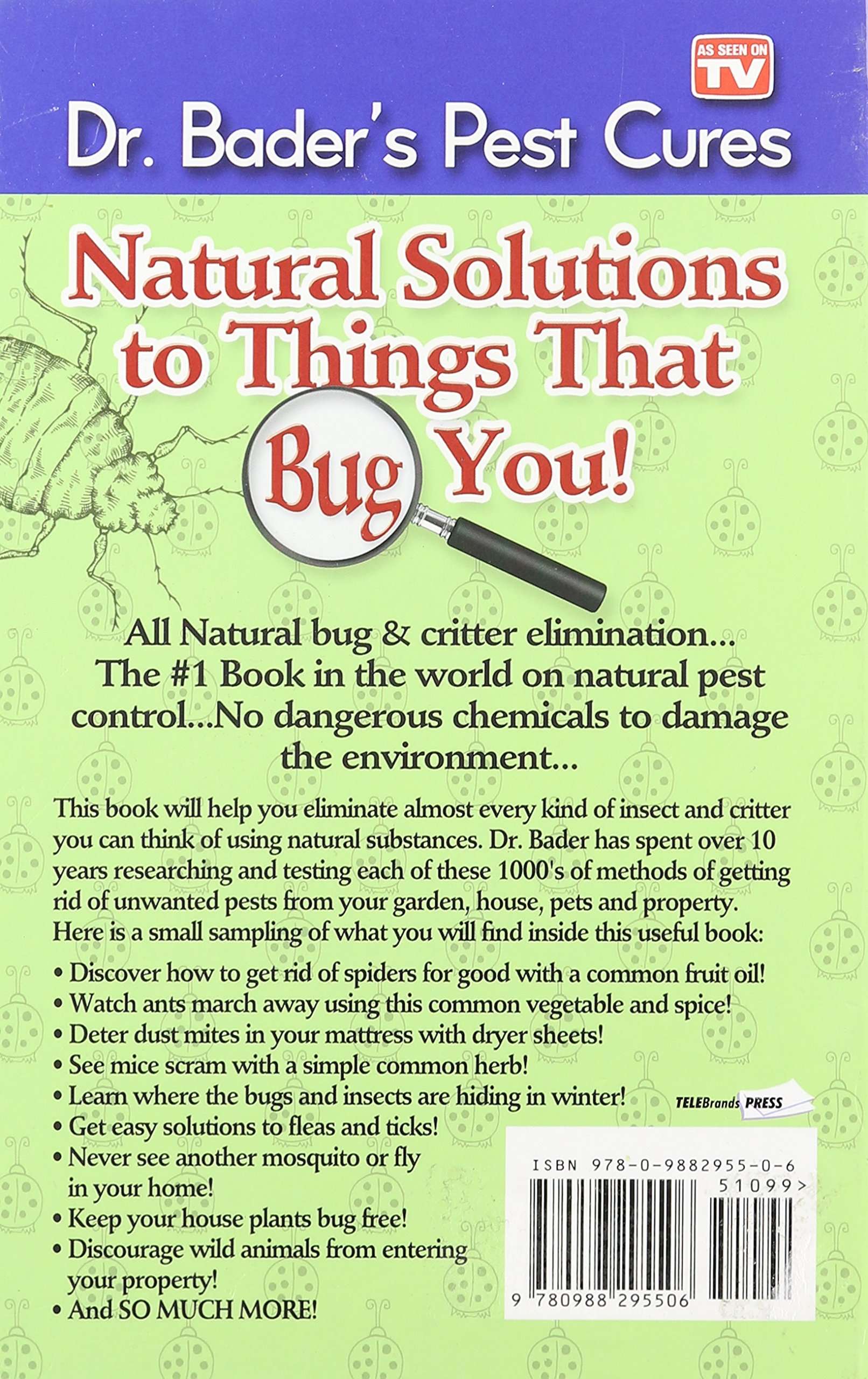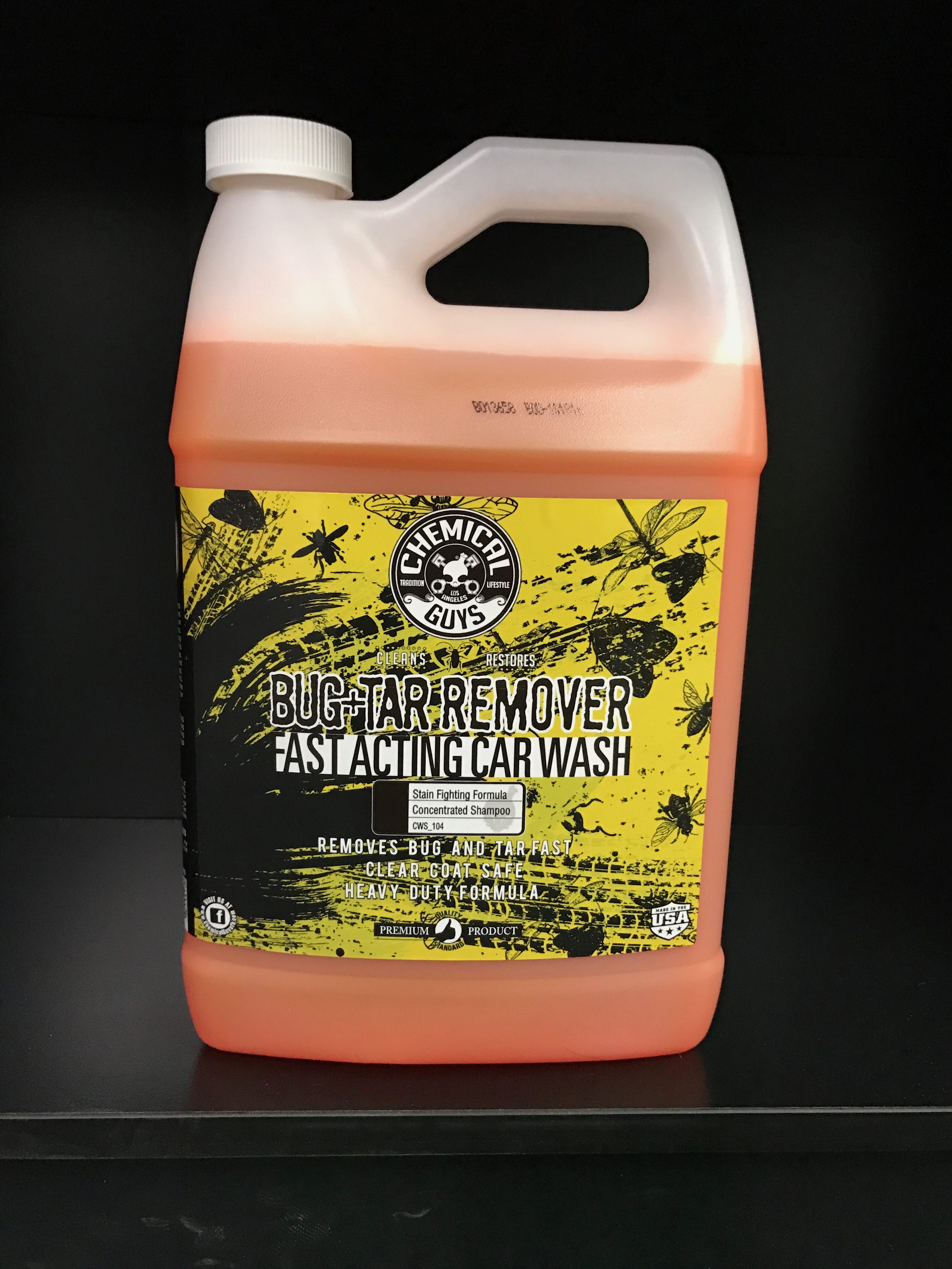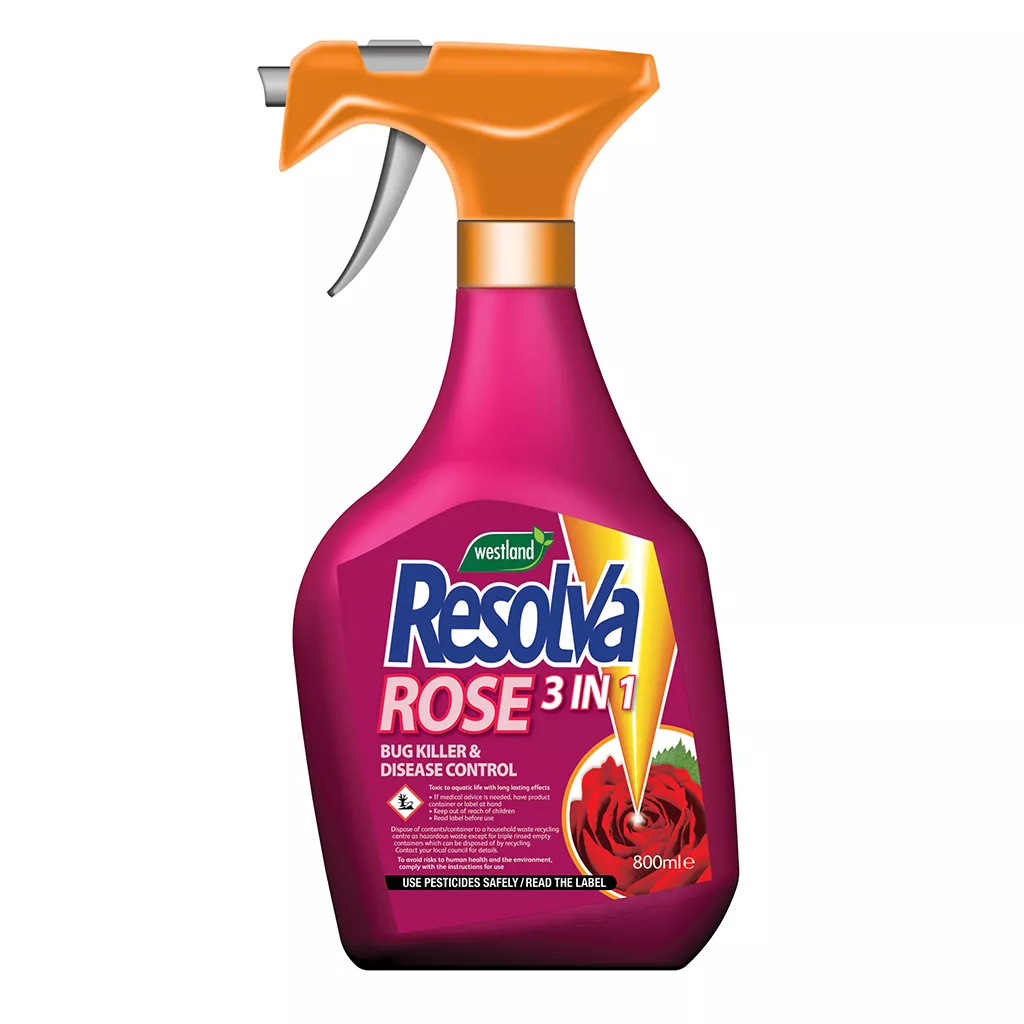If you’ve been noticing bugs on your hibiscus plants, you may be wondering how to get rid of them. It can be frustrating to have your beloved plants infested with bugs, but luckily, there are some essential tips for keeping your hibiscus blooms bug-free. In this article, I’m going to share my top tips for getting rid of bugs on hibiscus plants so that you can enjoy their beautiful blooms without any pesky pests ruining your enjoyment.
Types of Bugs

| Insects | Description |
|---|---|
| Aphids | Small, pear-shaped pests that can be green, yellow, brown, or black. |
| Mealybugs | Small white bugs that feed on the sap of the plant. |
| Scale | Tiny, hard shelled bugs that are attached to the stems, leaves, and branches of the plant. |
| Whiteflies | Small, white flying insects that feed on the sap of the plant. |
Bugs are a common problem on hibiscus plants. They can suck the sap out of the leaves, stems, and even the flowers, causing damage to the plant. Common types of bugs that can be found on hibiscus plants include aphids, mealybugs, scale, and whiteflies.
Aphids are small, pear-shaped pests that can be green, yellow, brown, or black. Mealybugs are small white bugs that feed on the sap of the plant. Scale are tiny, hard shelled bugs that are attached to the stems, leaves, and branches of the plant. Whiteflies are small, white flying insects that feed on the sap of the plant.
Identifying the Type of Bug

A key step in removing bugs from hibiscus is to correctly identify the type of bug. Common bug species found on hibiscus include aphids, mealy bugs, whiteflies and scale insects. To correctly identify the bug, look for the following characteristics:
| Bug | Characteristics |
|---|---|
| Aphids | Small, soft-bodied, pear-shaped insects. Can range in color from green to yellow to black. |
| Mealy Bugs | White, cottony masses found on leaves and stems. Move slowly. |
| Whiteflies | Tiny, white flying insects that congregate in large numbers. Easily disturbed when plants are shaken. |
| Scale Insects | Shell-like bumps found on stems and leaves. Resemble small, dull, brownish bumps. |
Once the type of bug is identified, it’s important to take the necessary steps to remove them.
Natural Solutions

1. Home Remedies
Using home remedies is a great way to get rid of bugs on hibiscus. Spraying the plant with a mixture of water and dish soap can help get rid of infestations. Fill a spray bottle with water and add a few drops of liquid dish soap. Spray the leaves of the plant liberally and make sure to get the undersides. Reapply this solution every few days until the infestation is gone.
2. Horticultural Oil
Horticultural oil can be used to smother bugs on hibiscus. Follow the instructions on the label and make sure to spray both the top and bottom of the leaves. Reapply every few days until the infestation is gone.
3. Neem Oil
Neem oil is a great natural pest control that can be used to get rid of bugs on hibiscus. Follow the instructions on the label and apply to the leaves of the plant. Reapply every few days until the infestation is gone.
Chemical Solutions

Insecticidal Soap
I start with insecticidal soap. It can provide good control of aphids, mealybugs, mites, whiteflies and other soft-bodied insects. When using this solution, be sure to cover all areas of the plant, including the underside of leaves.
Pyrethrin
Pyrethrin can provide control of many of the same insects as insecticidal soap. It is a natural insecticide derived from the chrysanthemum flower. Before using this solution, be sure to read and follow the label directions carefully. It is important to note that pyrethrin breaks down quickly in sunlight and will need to be reapplied.
3. Systemic Insecticides

- I can use systemic insecticides to control pests on my hibiscus. This is a great way to eliminate existing pests and protect the plant from future infestations.
- Systemic insecticides get absorbed into the plant’s tissues and are taken up through the roots. This makes the plant toxic to insects, killing them when they feed on the plant.
- When using systemic insecticides, I should always read the label carefully and follow all instructions. It’s important to use the right amount of insecticide, as well as the right timing and frequency of applications.
- Systemic insecticides can be effective against a wide range of pests, including aphids, whiteflies, mealybugs, and scale. It’s important to identify the type of pest I’m dealing with before I begin treatment.
When to Treat

When I see signs of an infestation on my hibiscus, I know it’s time to treat. The most common signs include the presence of scales, mites, aphids, mealybugs, and whiteflies. I may also notice leaf drop, yellowing leaves, and sticky sap on the plant. If I see any of these, I know I need to take action to get rid of the bugs.
Prevention
| Action | Description |
|---|---|
| Water | Water the hibiscus twice a week, but allow the soil to dry between waterings. |
| Pruning | Prune the plant regularly to keep it healthy and prevent overcrowding. |
| Fertilizer | Fertilize the hibiscus with an all-purpose fertilizer every two weeks during the growing season. |
| Insecticides | Spray the hibiscus with insecticides to kill any bugs and stop them from spreading. |
I take preventative measures to keep bugs away from my hibiscus. I water the hibiscus twice a week, allowing the soil to dry between waterings. Pruning keeps the plant healthy and prevents overcrowding. I fertilize with an all-purpose fertilizer every two weeks during the growing season. I also spray the plant with insecticides to kill any bugs and stop them from spreading.
Guidelines for Use
| Step | Action |
|---|---|
| 1 | Identify the type of bug on the hibiscus plant. Common hibiscus plant pests include aphids, mealybugs, and scale. |
| 2 | Spray the hibiscus plant with an insecticidal soap or neem oil solution. |
| 3 | Choose an insecticide containing the active ingredient pyrethrin or cyfluthrin. |
| 4 | Spray the insecticide according to the directions on the package. |
| 5 | Repeat steps 2 and 3 every five days until the pests are eradicated. |
| 6 | Rinse the hibiscus plant with water to remove any remaining residue. |
Frequently Asked Questions
What are some essential tips for getting rid of bugs on hibiscus?
1. Inspect the plant regularly and remove any bugs you find by hand.
2. Use a spray bottle to apply a mixture of water and mild soap.
3. Use a neem oil solution to treat the plant.
4. Apply insecticidal soap or horticultural oil.
5. Use beneficial insects, such as ladybugs, to control pest populations.
6. Prune away affected leaves and stems.
7. Use a yellow sticky trap to monitor for insect activity.
8. Apply a pesticide, such as a pyrethrin-based product.
How can I get rid of white bugs on hibiscus?
White bugs on hibiscus can be controlled with insecticidal soap or horticultural oil. Thoroughly spray the entire plant, including the underside of leaves, with the insecticidal soap or horticultural oil. Reapply every 7-10 days until the bugs are gone. If the infestation is severe, consider using a systemic insecticide, such as imidacloprid, to treat the plant.
What treatments are available for bugs on hibiscus?
Treatments for bugs on hibiscus plants can include physical removal, chemical insecticides, and natural pest control methods. Physical removal can be done by using a cotton swab dipped in rubbing alcohol to wipe off the insects from the leaves and stems. Chemical insecticides such as neem oil, pyrethrum, and insecticidal soaps can be applied directly to the affected plants. Natural pest control methods may include introducing beneficial insects such as ladybugs, lacewings, and predatory mites, or using a garlic or chrysanthemum spray.
What should I spray on hibiscus to get rid of bugs?
Insecticidal soap or neem oil can be used to get rid of bugs on hibiscus. Insecticidal soap is a liquid containing fatty acids, which kills bugs on contact. Neem oil is a natural insecticide that works by disrupting the hormones of insects, causing them to lose their appetite and stop reproducing. Both should be sprayed onto the leaves and stems of the hibiscus to get rid of bugs.
Are there any natural sprays I can use to get rid of bugs on my hibiscus?
Yes, there are many natural sprays you can use to get rid of bugs on your hibiscus. These include neem oil, insecticidal soap, garlic and chili spray, and horticultural oil. Neem oil is a natural insecticide that kills or repels many common garden pests, including aphids and whiteflies. Insecticidal soap kills soft-bodied insects and larvae, while garlic and chili sprays can be used to repel pests. Horticultural oil can help to smother eggs and larvae.
Conclusion
I have learned that preventing bugs on hibiscus is not an impossible task. With proper maintenance, good watering, and proper fertilization, you can keep bugs away from your hibiscus plants. If you do encounter bugs, act quickly and use the appropriate insecticides to deal with them. Also, don’t forget to monitor the conditions of your hibiscus plants to ensure that your plants remain bug-free. With these tips, your hibiscus will be blooming and bug-free.






